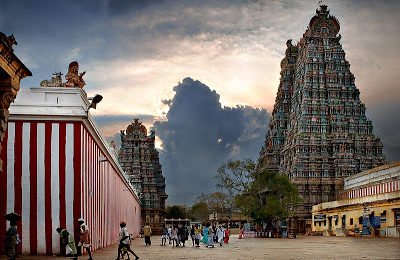What is Sankhya?
Sankhya is the first radical achievement of Indian world-view that we know of—and not just Indian, it is a great advancement in human thought. This is when most humans do not even know about it. But a time may well come when this singular breakthrough will be considered a quantum leap in human understanding, more significant than even our achievements in calculus and physical sciences.




